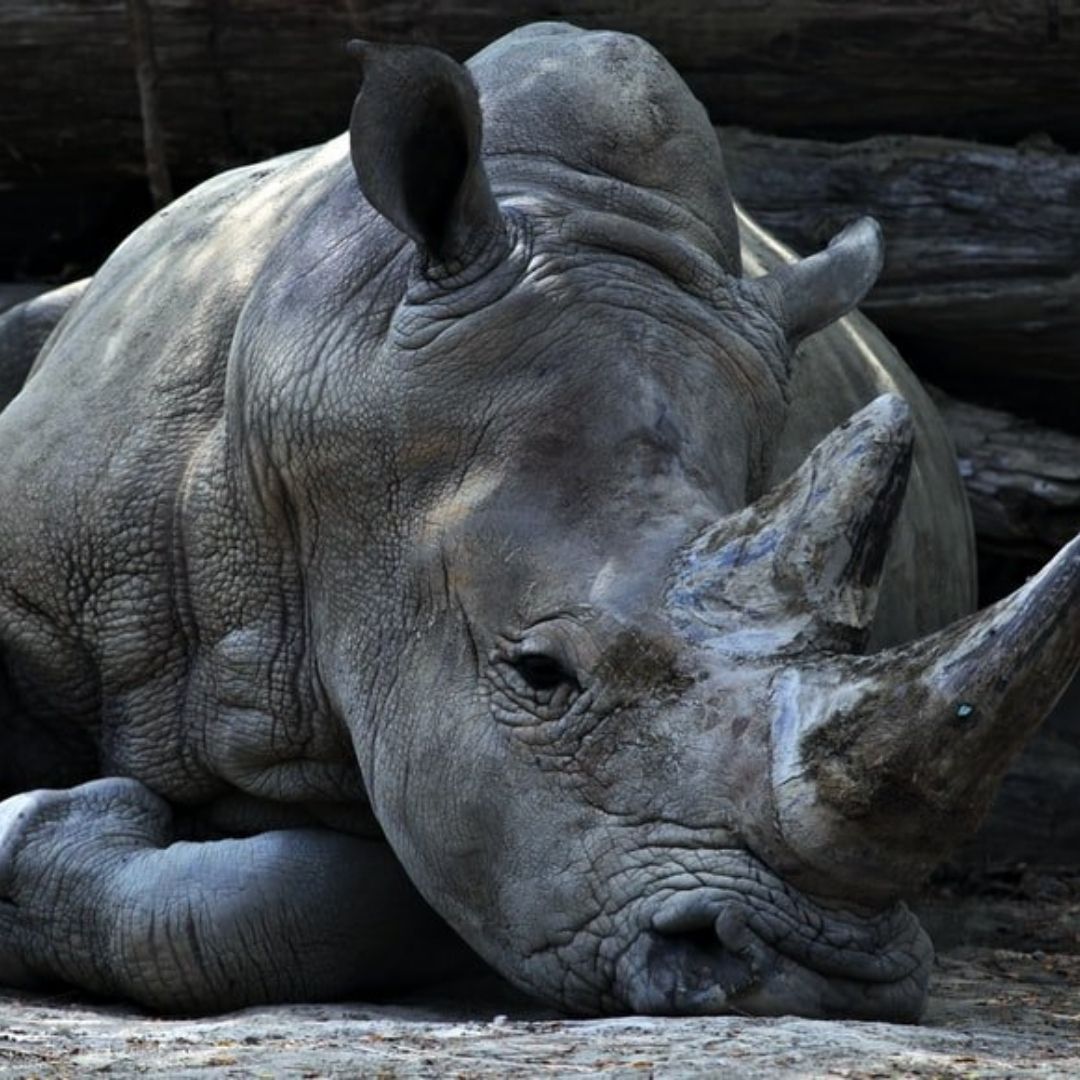
Image Credit: Unsplash
Why Is Assam Burning 2,500 Rhino Horns On World Rhino Day?
Writer: Ratika Rana
Her primary objective is to inform, promote, educate and cultivate readers through writing.
Assam, 22 Sep 2021 10:20 AM GMT
Editor : Madhusree Goswami |
A mountain girl trying to make it big in the city. She loves to travel and explore and hence keen on doing on-ground stories. Giving the crux of the matter through her editing skills is her way to pay back the journalism its due credit.
Creatives : Ratika Rana
Her primary objective is to inform, promote, educate and cultivate readers through writing.
Assam is all set to mark World Rhino Day by burning a pile of nearly2,500 Rhinos, as announced by the State Cabinet last week. Ground rhino horns are used in traditional Chinese medicine to cure a range of ailments.
Assam will mark World Rhino Day — September 22 — with a special ceremony by burning a stockpile of nearly 2,500 horns of the one-horned rhinoceros. A public ceremony is scheduled in Bokakhat Kaziranga National Park where Assam Chief Minister Hemanta Biswa Sarma has been invited as the chief guest. The even has been publicised as a 'milestone towards rhino conservation. The state Cabinet announced the event last week after weeks of 'rhino horns recertification' exercises by the Forest Department.
The Indian Express quoted MK Yadava, the Chief Wildlife Warden from Assam, "It's a loud and clear message to the poachers and smugglers that such items have no value". One cannot let down their guard against the protection of rhinos because the trade of their horns in the illegal market fetches high prices. A forest department release mentioned that the Chinese use ground rhino horn to cure a range of ailments from cancer to hangovers and is also used as an aphrodisiac. Possessing a rhino horn in Vietnam is considered a status symbol.
In Compliance With Wildlife (Protection) Act
The destruction of rhino horns complies with Section 39(3)(c) of the Wildlife (Protection) Act of 1972. The Gauhati High Court also held a public hearing in August 2021 about the destruction of the horns, and the officials said that there was no public objection against the move. Bibb Talukdar, the Chairperson of the Asian Rhino Specialist Group in the International Union for the Conservation of Nature's Asian Rhino Specialist Group, said it was illegal to sell horns in the country anyway. Therefore, instead of the horns decaying in treasuries, burning them would convey not medicine.
DNA Sampling For Each of the Horns
The 2,500 horns have been collected in the state treasuries over decades. When a rhino dies, either under natural circumstances or by poaching, its horn is kept in the custody of the forest department officials. The department had carried out a 'horn reverification exercise' in August and September and comprised District Forest Officers (DFOs), wildlife experts, forensic specialists and technicians. They reportedly tagged, weighed, measured, and extracted DNA for generic horns for sampling, amongst other things.
In 2016, the department also undertook a reverification exercise on the allegations of an RTI activist, Dilip Nath, who had complained that forest department officials were involved in the illegal trade practices. The officials found the longest horn of 51.5 cm, weighing 2.5 kg, and the heaviest horned weighed 3.05 kg. Apart from that, 15 African rhino horns were found, and 21 horns were fake. While most of the horns were earmarked to be destroyed, about 5 per cent of which unique characteristics were earmarked for preservation. One-horned rhinos were previously under the 'endangered' list as per IUCN, and are now under the 'vulnerable' category'.
Also Read: The Mental Health Epidemic: About 56 Million Indians Suffer From Depression
 All section
All section














